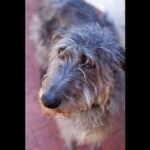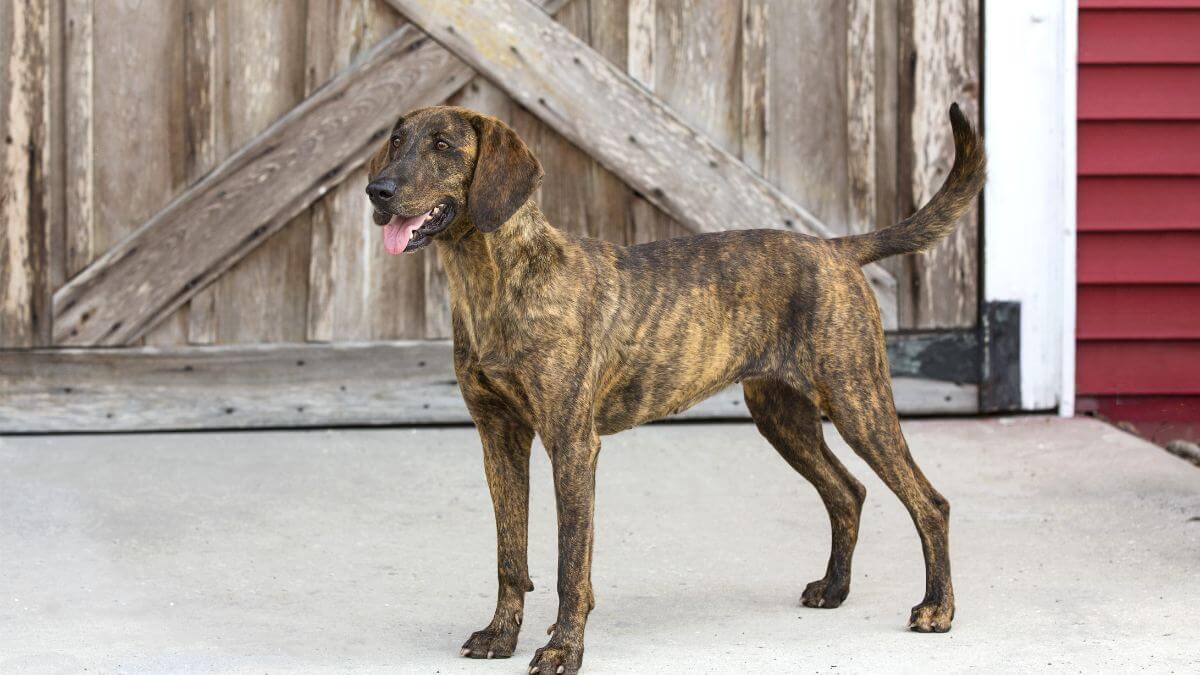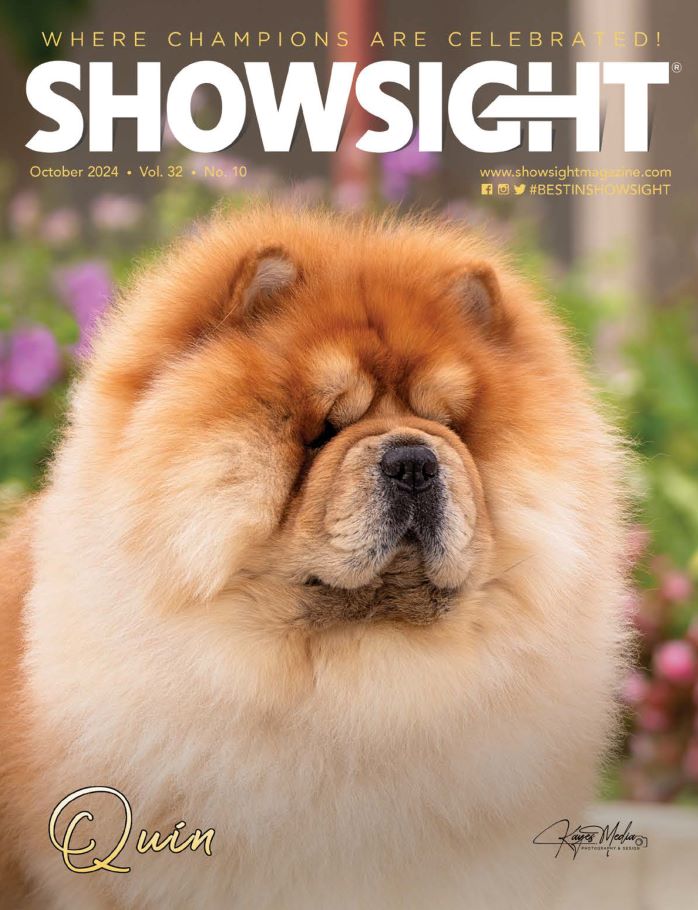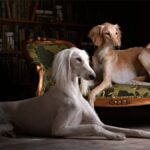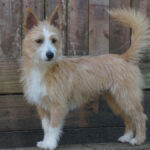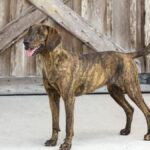This article was originally published in Showsight Magazine, March 2011 issue.
History of the Plott
Peter Hildebrand was born in 1655 in the Palatine region of southwest Germany. In 1690, he, his wife Mary, and their three sons left Germany and traveled to New York. A few years later, the Hildebrands settled in Lancaster County, Pennsylvania. This migration, while not the start of German immigration to the New World, laid a Bavarian trail that eventually led to North Carolina.
In 1764, Conrad Hildebrand I, Peter’s grandson, arrived in Philadelphia aboard the ship Hero and later moved to North Carolina, becoming a substantial landowner. It’s said that state land grants provided him with the land between the Henry and Jacob’s Fork Rivers. Conrad thrived as a businessman, later owning a grist and powder mill, which supported the American Revolutionary War. With land across present-day Mecklenburg, Catawba, and Burke counties, it’s likely that young Johannes (George) Plott encountered the Hildebrands while traveling through North Carolina.
The Palatinate region, from where the Hildebrands and Plotts emigrated, was a hotly contested area, once ruled by Romans and the German monarchy, but besieged by both the French and British in the 1600s and 1700s. The region endured war from 1618-1648 during the Thirty Years’ War, and again from 1689-1697 with King Louis XIV’s involvement. Likely motivated by a combination of personal safety, financial security, and religious freedom, these two German families left for a new world, bringing business acumen and, in the Plotts’ case, five of their finest dogs.
If you could use Google Earth back in 1800, you’d see that the area Johannes Plott left in the Black Forest of Germany resembled the mountainous terrain where his family settled in western North Carolina. The Black Forest, named by Romans for its dark, dense tree cover, stands at 2,000-4,000 feet in elevation, with peaks nearing 5,000 feet. Tall pines blocked sunlight, much like the forests of North Carolina, likely evoking a sense of home for Johannes.
The region around Waynesville, NC, is stunning with its tall mountains, deep gorges, and abundant game. A paradise for hunters, it was also treacherous terrain. Without the navigational aids we have today, it’s astonishing that hunters returned safely from bear hunts. This rugged land tested both man and dog, cementing the Plott family’s legacy in the 1800s through the mid-1900s.
The Plott Hounds, both past and present, have changed little. Remarkably, you can find modern Plotts with striking resemblances to their ancestors in photos. The biggest differences in the breed emerged within the Plott family itself. John and Vaughn (Von) Plott, sons of Montraville Plott, had differing views on what the ideal Plott should be. According to Bob Plott’s Strike & Stay – The Story of the Plott Hound, these brothers had distinct styles: Von’s hounds were traditional hounds with longer, low-set ears and heavier builds, while John’s hounds had cur-like features, with shorter ears and a tenacious grit.
One can imagine a Thanksgiving conversation between the brothers:
Von: “Whew, doggie! That was a chase. Ole Happy caught a trail so cold his nose nearly froze off, but Balsam and Link treed that bear.” John: “Heard the race, Von. Thought you were chasing a bear or maybe an escaped convict!”
John adhered more closely to his father’s preferences, favoring cur-like features and grit. Over time, the official Plott standard would align with John’s ideal, though echoes of both men’s influences remain in the breed today.
Now, let’s examine some key points of the Plott Hound standard, which define this breed distinctly from other coonhounds. As I often say in my seminars, while the Spinone is the hound of the sporting group, the Plott is the sporting dog of the hound group.
What I mean by this is that a Plott is not hound-like when compared to the Bloodhound, the Black & Tan Coonhound, or the other scent hounds for that matter. It is far more like a German Shorthaired Pointer than a Bloodhound. While the Plott is not a “head breed,” the headpiece does distinguish it from the other coonhound breeds.
From the Plott standard:
“Ears – Medium length, soft textured, fairly broad, set moderately high to high. Hanging gracefully with the inside part rolling forward toward the muzzle.”
The standard goes on to give a length range that, unlike the old black and tan standard, does not promote length of ear but the lack thereof. In fact, in an effort to remove the “hound-like” appearance in some Plott strains, a disqualification was added:
“Disqualification – Length of ear extending beyond the tip of the nose or hanging bloodhound-like in a long, pendulous fashion.”
None of us today know the exact mixture that made a Plott. What we do know are the important traits that our Plott forefathers thought a Plott should have. As long as we breed for a balance of these traits, we will keep “Plott”ing along; however, if we place more weight on one trait over others, we end up with problems.
For example: we really want a dog that aggressively engages the bear, hog, or lion. Breeding for a terrier-like tenacity will eventually lead to a lot of injured or dead dogs. On the other hand, if we continuously breed for scenting abilities, we may end up with dogs that will not actively engage the game, which either gets other dogs injured or killed or loses the game being hunted.
These traits are all well and good, but do they translate to physical characteristics? The high-eared, almost terrier-like look of some Plotts gives them an aggressive look that, to me, denotes that very trait, while a Bloodhound-like long ear look suggests a softness and ability to track.
John Plott wanted a more medium-type nose and high-set, medium-length ears to go with it. Eventually, this is what made it into the Breed Standard. These observations of mine do not mean that a shorter-eared dog can’t strike, trail, and tree a cold track in no way, shape, or form. What I want you to focus on is the look.
A Bloodhound looks like it can smell into tomorrow if it wanted to. An Airedale Terrier looks like it would tear the hide off a bear, boar, or sofa if given the chance. Whether they will, can, or do is not up for debate. The desired look of these Plotts has withstood the changes in hunting and sport for the breed and is basically the same today as it was in John Plott’s day.
As I stated earlier, the Plott is not a head breed, although when judging for breed type, the headpiece will and should play an important role.
The tangible hallmark of the Plott breed, if there is one, is the color. That is a big “if” since there are so many acceptable variations to the color. I say tangible because anyone can point to a beautiful brindle hound-like dog and assume Plott. It is easily recognizable, although the true hallmarks of this exciting breed are mostly intangible. Their courage, tenacity, and versatility have no limits and no means to be easily measured.
Color, however, we can work with. “Any shade of brindle (a streaked or striped pattern of dark hair imposed on a lighter background) is preferred.”
This means if two equal dogs are exhibited, the one with brindle should place over the one without. I hope we all know that there is no such thing as two equal dogs, and the color should seldom impact judging. The AKC standard thankfully allows the solid black and solid buckskin-colored Plotts: “Some white on chest and feet is permissible as is a graying effect around the jaws and muzzle.”
I suppose “some white” is highly subjective and better left to your personal taste; however, I find white extending beyond the chest and up the throat very offensive. Even with that, I would not let color be my final point of judgment.
While on the topic of color, you may see Plotts or other coonhound breeds with freeze brands on their flanks. These are for identification purposes only and should not count against the dog. If they obscure your ability to judge the dog in question, have the handler turn it around, as they are typically on one side of the dog. These markings allow owners to quickly separate packs when gathering dogs after a hunt, and they discourage theft of dogs that sell for large sums of money.
The most important part of the Plott breed standard is the general appearance. When a Plott walks into the show ring or pops out of your dogbox on a leash, this is what I expect to see: “A hunting hound of striking color that traditionally brings big game to bay or tree, the Plott is intelligent, alert, and confident. Noted for stamina, endurance, agility, determination, and aggressiveness when hunting, the powerful, well-muscled, yet streamlined Plott combines courage with athletic ability.”
The temperament of the breed can seem aloof, but they should never be fearful. Many times in my seminars, I use the phrase, “if it looks wrong, it probably is wrong.” I naively assume that the judges I see are dog people, and I will continue to err on that side of things. Maybe you have been hunting with dogs before, and maybe you have not. You need to picture the Plott doing its job and then ask, Can that dog right there do that job? If the answer in your mind is yes, then you are looking at a Plott.
A great reference tool for this breed can be found in Strike & Stay: The Story of the Plott Hound, by Bob Plott. It is a very informative book on the Plott family and can be purchased at www.bobplott.com. If you are just a hound person, it is a must-have for your library. If you are a Plott person, it is a fair and comprehensive history of your breed. If you are a hound judge or a potential hound judge, it is a photographic bible for learning the desired look of this breed.
